At the Boscombe Down Aviation Collection in Old Sarum, Salisbury, a critical piece of World War II history has been brought to life through 3D scanning technology. The world's only surviving SABS MKIIA bombsight—used during bombing missions in World War 2—now has an animated digital counterpart, thanks to KIRI Engine's user-friendly 3D scanning app. In this interview, film producer Andrew Panton, shares how KIRI Engine played a pivotal role in preserving this unique artifact for future generations.
Interview with Andrew Panton: Preserving the SABS MKIIA
Q: Andrew, could you tell us a bit about the project and how you got involved in preserving the SABS MKIIA bombsight for the Boscombe Down Aviation Collection?
Andrew Panton:
I've been involved in several film projects supporting World War 2 RAF Bomber Command veterans and in 2017, I had the opportunity to work with Malcom Goosey. Malcolm had the world's only complete SABS MKIIA bombsight, and we realized that preserving it was not just about keeping it in a display case. We wanted to make it interactive, to bring it to life for museum visitors. We decided to create a 3D model of the bombsight to serve as an educational tool, and the idea quickly evolved into a fully animated digital display that would accompany the physical exhibit of the B1 Special Avro Lancaster's fuselage section.
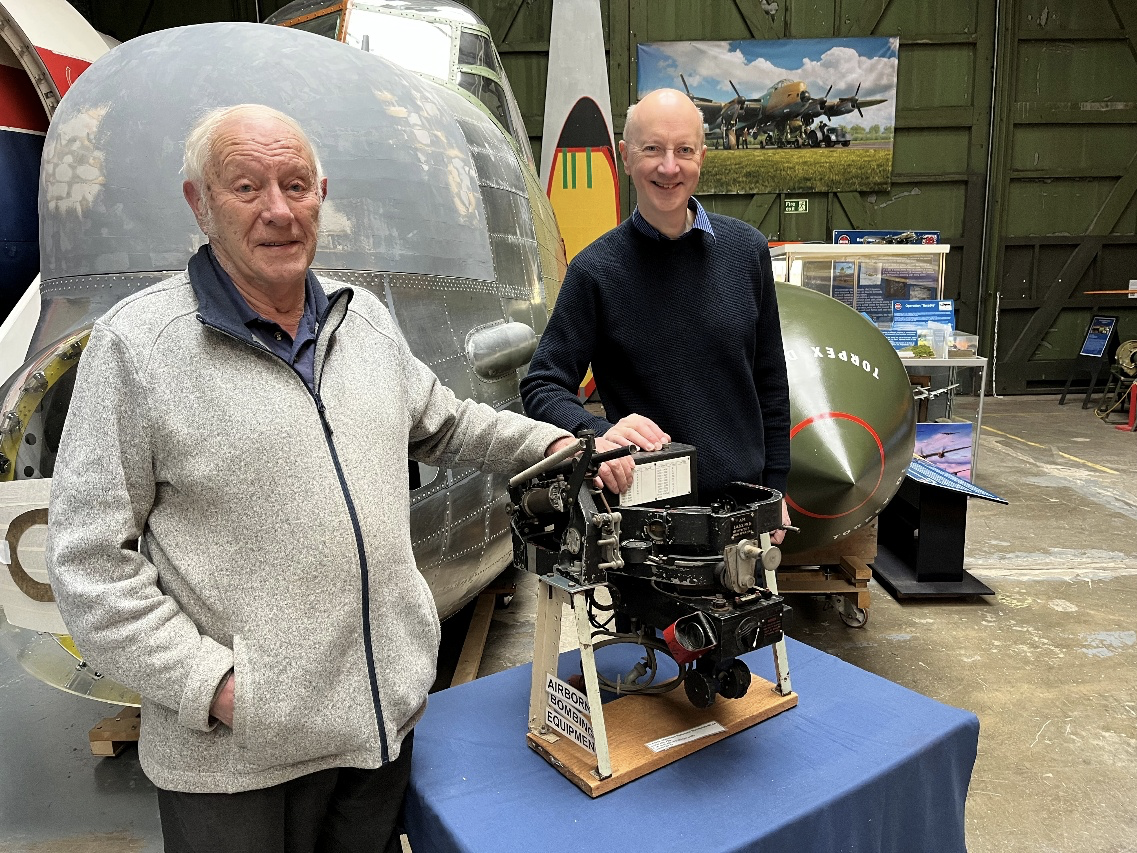
Malcom Goosey (left) and Andrew Panton (right)
Q: What made you decide to use 3D scanning technology for this project, and how did KIRI Engine fit into that decision?
Andrew Panton:
The decision to use 3D scanning technology was driven by the complexity of the SABS MKIIA bombsight. It's an intricate piece of equipment, and its operation is difficult to grasp without seeing it in action. We wanted to provide a more immersive experience for our visitors. After searching for suitable tools, I found KIRI Engine, and it immediately stood out because of its simplicity and intuitive interface for 3D reconstruction practices. I could see the potential for having a dynamic representation of the bombsight the museum could use, so after searching for a suitable tool that was intuitive and user-friendly for my vision, I came around KIRI Engine, which made the creative process incredibly straightforward.
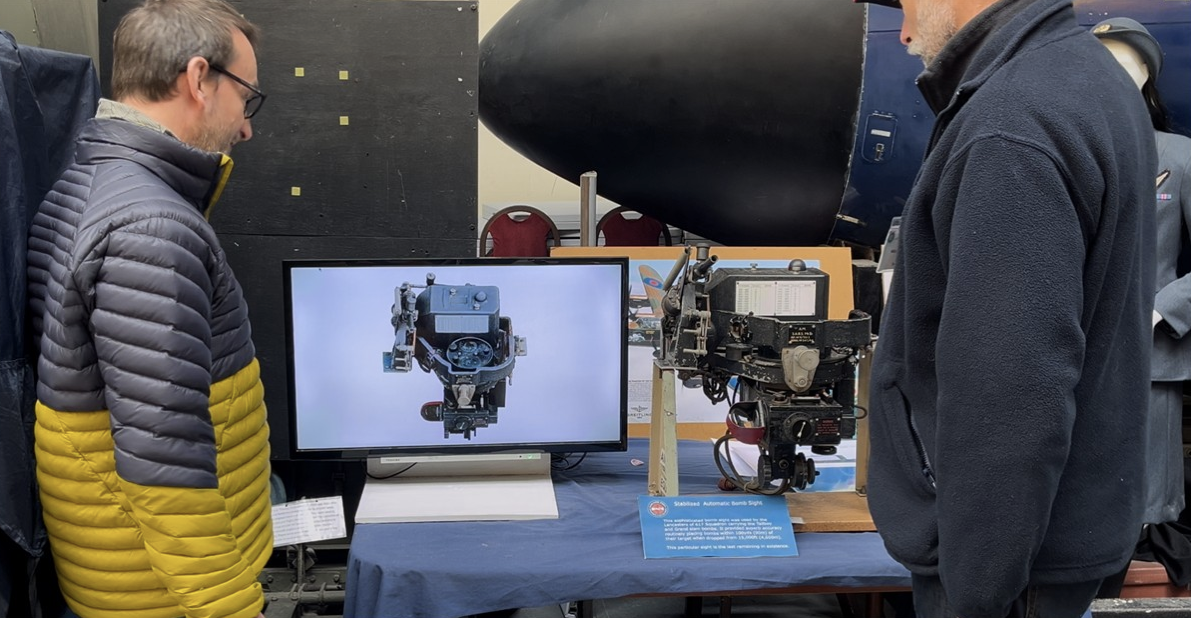
Using the animated 3D model to explain how the bombsight was operated
Q: Could you walk us through the scanning process? What challenges did you face, especially with lighting or reflective surfaces, and how did KIRI Engine help overcome them?
Andrew Panton:
The scanning process was led by photogrammetry expert Stephen Ryan, who used an iPhone 15 Pro to capture a series of photographs from different angles. The photos needed to overlap by at least 70%, ensuring the model would be accurate. A significant challenge was managing lighting. For photogrammetry to work well, you need even lighting, so we chose a bright but overcast day. This provided soft, diffused light and reduced shadows or glare on the bombsight, which is crucial when capturing fine details. KIRI Engine's processing power and cloud features ensured that even small nuances of the object were captured perfectly.
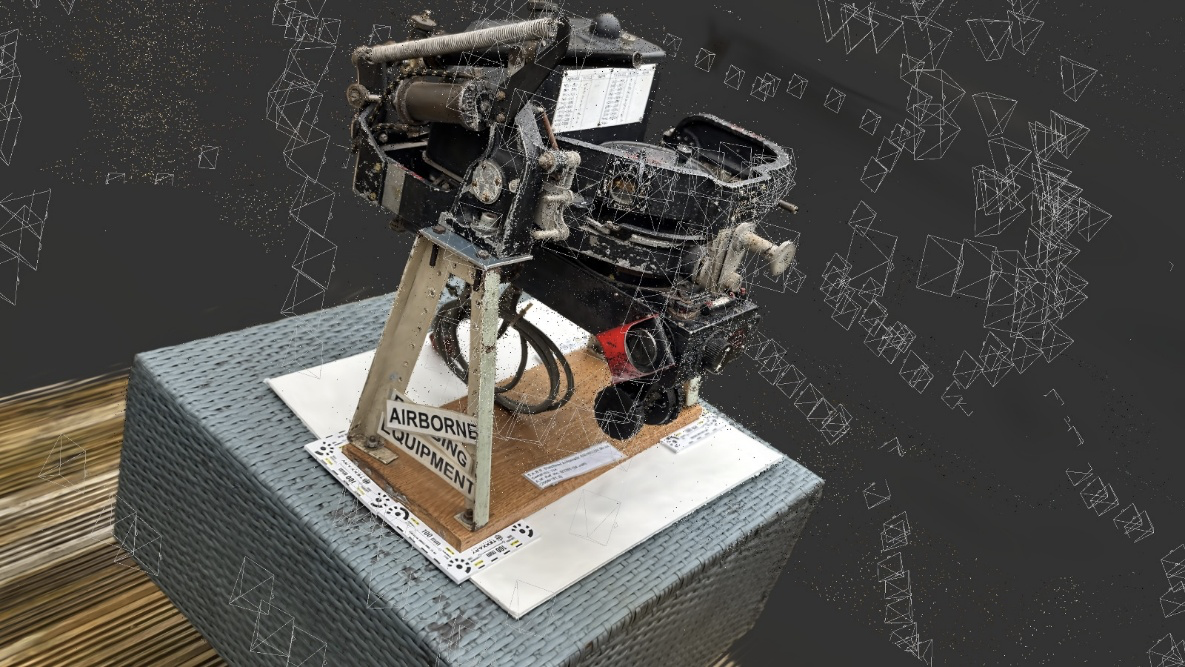
Photogrammetry reconstruction of the Bombsight
Q: How is the 3D model being showcased in the museum? Is it used purely for digital display, or have you made it interactive in any way?
Andrew Panton:
The 3D model is part of a digital display that sits alongside the physical fuselage section of the B1 Special Avro Lancaster. But what really makes it stand out is its interactivity. Visitors can engage with the animated model, and the museum staff guides them through how the bombsight would have been operated by the bomb aimer. We've created a hands-on experience where people can see how the bombsight was operated step-by-step—this interaction adds another layer of understanding that traditional displays just can't provide.
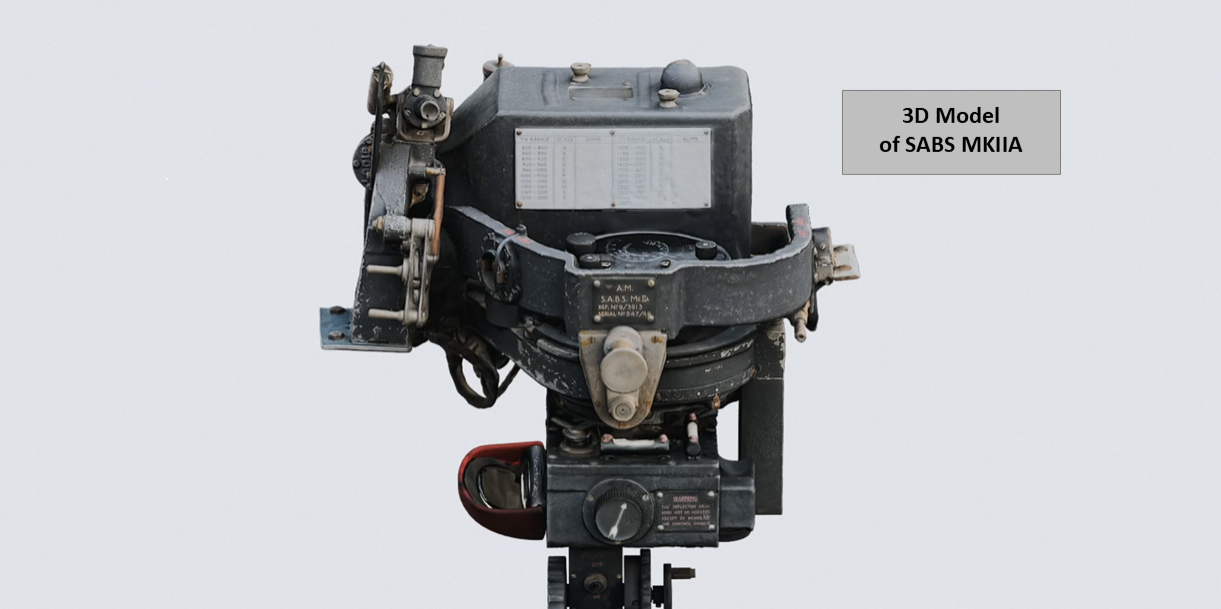
The generated 3D model of SABS MKIIA
Q: For someone new to photogrammetry or 3D scanning, what advice would you offer based on your experience with this project?
Andrew Panton:
Start small and be patient. The beauty of KIRI Engine is that it's very approachable, even for beginners. My advice would be to pay attention to lighting—make sure your object is evenly lit from all angles—and ensure the photos you take are sharp and clear. You don't need expensive equipment to get great results. With KIRI Engine, even a smartphone can produce professional-quality 3D models. And always check your photos for any inconsistencies or blur before you start processing them.
Fostering Visitor Immersion with Interactive Media
Using the KIRI Engine to create the digital SABS MKIIA exhibit has helped create an immersive experience that engages visitors in a way traditional displays cannot. By transforming a complex artifact into an interactive 3D model, the museum allows visitors to explore the workings of the bombsight at their own pace. This kind of interactive media enhances the educational experience, making learning more engaging and accessible.
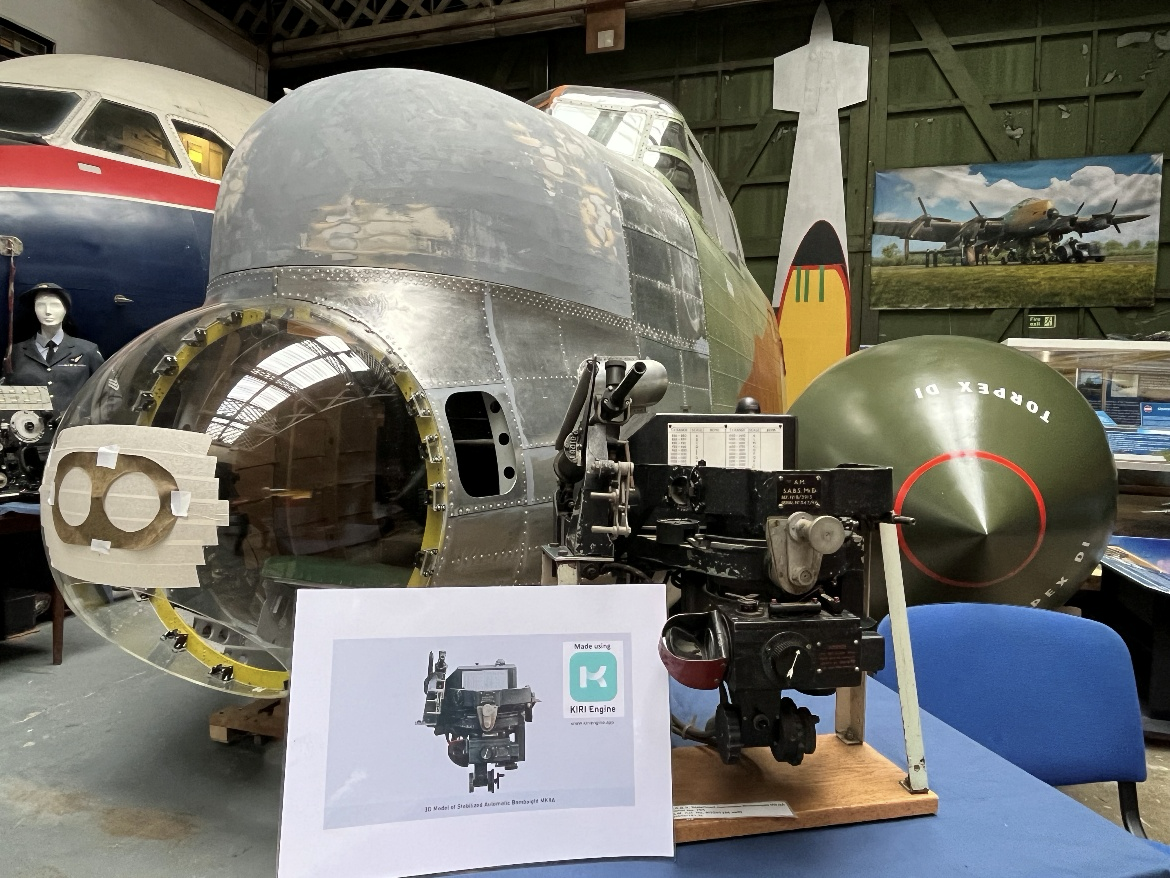
The SABS MKIIA at Boscombe Down Aviation Collection
KIRI Engine's user-friendly platform made it possible for the Boscombe Down Aviation Collection team to bring this idea to fruition. The ability to animate the 3D model allowed them to demonstrate the bombsight's function in action, which was crucial to making the exhibit both informative and captivating. Looking ahead, the hope is that more museums and historical sites will take advantage of 3D scanning technology to offer visitors a deeper, more interactive understanding of artifacts. As the possibilities for digital replicas expand, museums will be able to showcase artifacts in ways that provide a more holistic view, encouraging exploration and education from all angles.
Expanding the Possibilities for Preserving History
The success of this project has sparked a conversation about the future of museum exhibits and historical preservation. With the help of 3D scanning technology, museums can now create virtual spaces where visitors can closely examine artifacts without the physical limitations of a traditional exhibit. This creates a new opportunity for education and preservation, as digital replicas can be accessed and studied in ways that were previously impossible.
By utilizing KIRI Engine and similar tools, museums can overcome the constraints of physical space, allowing visitors to access more artifacts, interact with them in greater detail, and even explore artifacts from around the world without leaving their homes. This expanded potential for virtual museums offers an exciting glimpse into the future of historical preservation, where technology and history come together to create a more interactive, accessible, and educational experience.




/webresources/Blog/1745909931196.jpg)
/webresources/Blog/1745894126997.jpg)

/webresources/Blog/1745816394311.jpg)